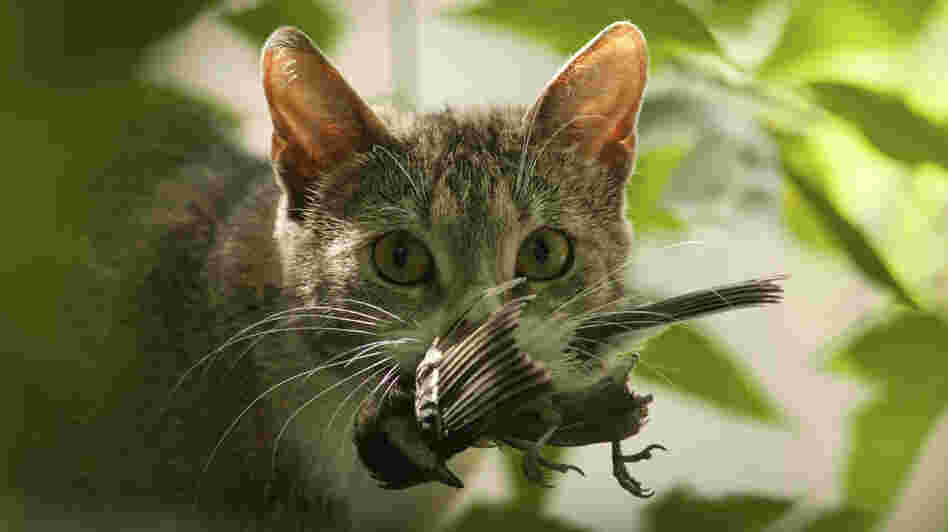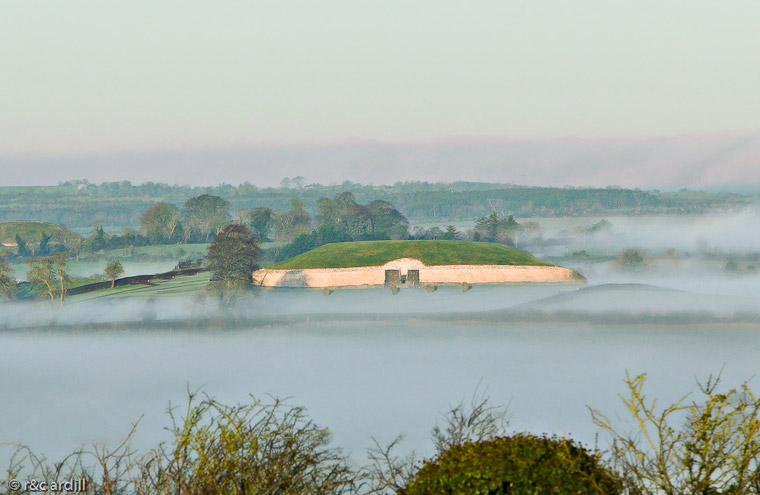Hi there!!
This is a song we sang in Irish class, and even though that's like two years ago, I still have a weak spot for it. It's about a mother who is looking for her son, Séamus. (although this version is sung by a man, it's not less cute)
-> http://www.youtube.com/watch?v=nTgbLVzWwMs&feature=related <-
Here are the lyrics and my translation:
An bhfaca tú mo Shéamuisín? Did you see my little Séamus?
Mo mhuirnin óg, mo bhuachaillín? My young sweetheart, my little boy?
An bhfaca tú mo Shéamuisín? Did you see my little Séamus?
Is é dul síos an bothar It was him going down the road
Níl brog ar bith ar a dhá choisín Not a shoe on his two little feet
Ar a dhá choisín ar dhá choisín On his two little feet, on his two little feet,
Níl brog ar bith ar a dhá choisín Not a shoe on his two little feet
Níl caipín air, ná clocá Not a cap on him, or a coat
O grá mo chroí mo Shéamuisín, O my love, my heart, my little Séamus
Mo mhuirnin is, mo bhuachaillín My sweetheart and my little boy
Grá mo chroí mo Shéamuisín Love, my heart, my little Séamus
Maidin 'gus trathnonín Morning and evening
Tá leabharín buí ina lamh aige There is a little book in his hand
ina lamh aige, ina lamh aige In his hand, in his hand
Tá leabharín buí ina lamh aige there is a little book in his hand
Ag dul ar scoil trathnona going off to school
Ar a dhroim tá mailin beag On his back there's a little backpack
Tá mailin beag, tá mailin beag, A little backpack, a little backpack
Ar a dhroim tá mailin beag On his back there's a little backpack
Is a lóinín ann is docha With his little lunch in it, probably
An bhfaca tú mo Shéamuisín? Did you see my little Séamus?
Mo mhuirnin óg, mo bhuachaillín My young sweetheart, my little boy
An bhfaca tú mo Shéamuisín? Did you see my little Séamus?
Is é dul síos an bothar It was him going down the road
Grá mo chroí mo Shéamuisín Love, my heart, my little Séamus
Mo mhuirnin is mo bhuachaillín My sweetheart and my little boy
Grá mo chroí mo Shéamuisín Love, my heart, my little Séamus
Maidin 'gus trathnonín Morning and evening

And on a side note, you can buy this t-shirt! As 'Shéamuisín' sounds exactly like English 'hay machine'. It's funny ^^
(http://gaelshirt.spreadshirt.ie/hay-machine-A9289628)
Slán libh,
Lian










